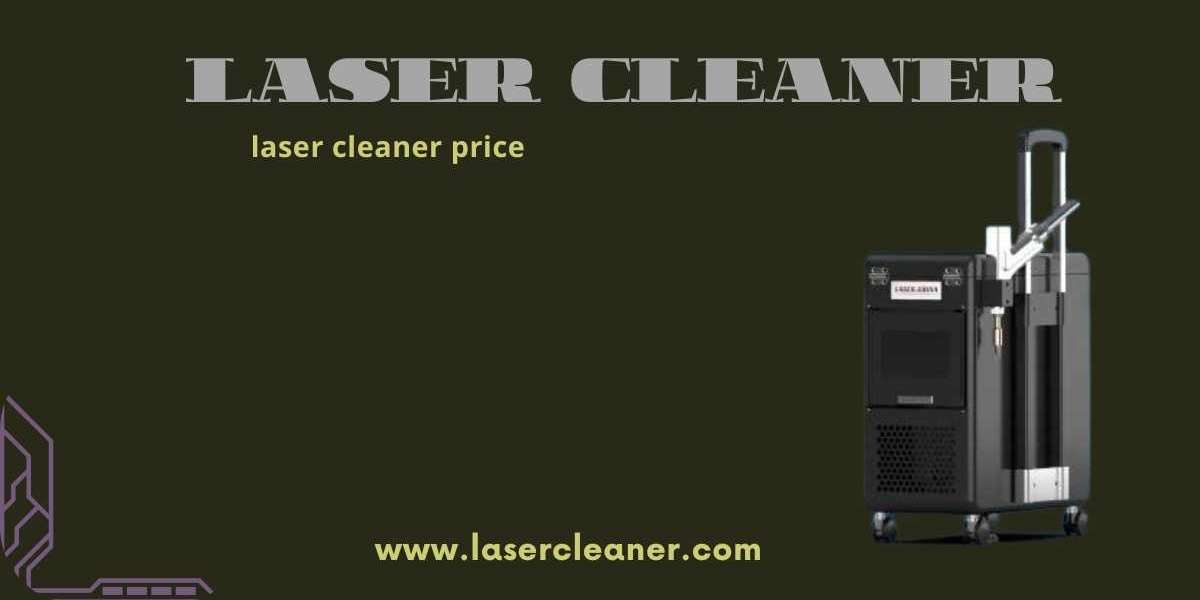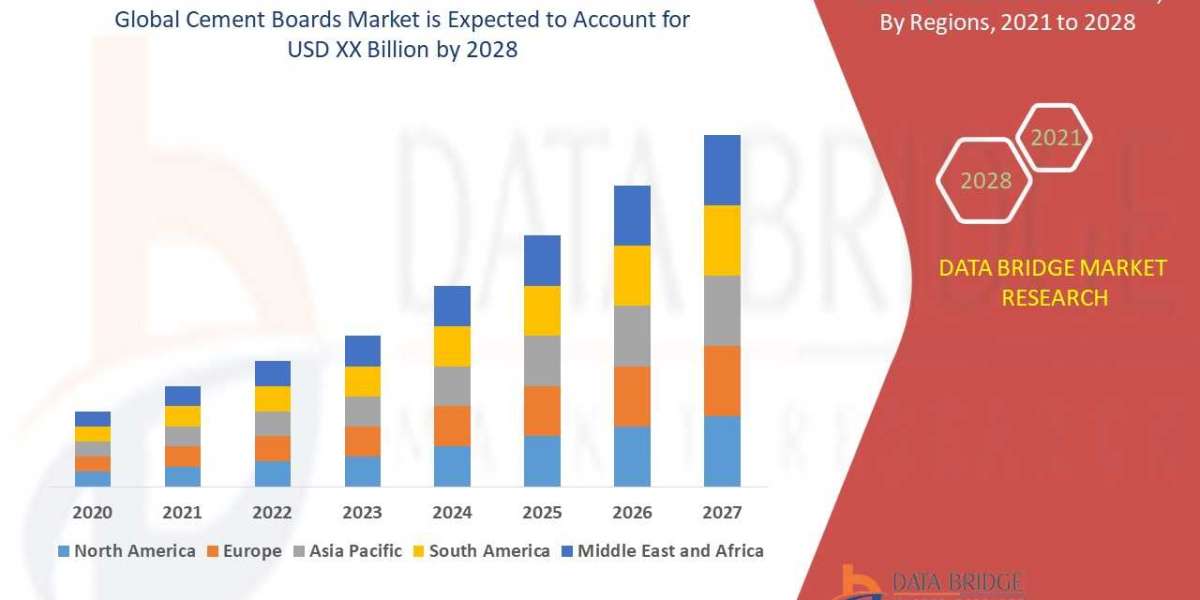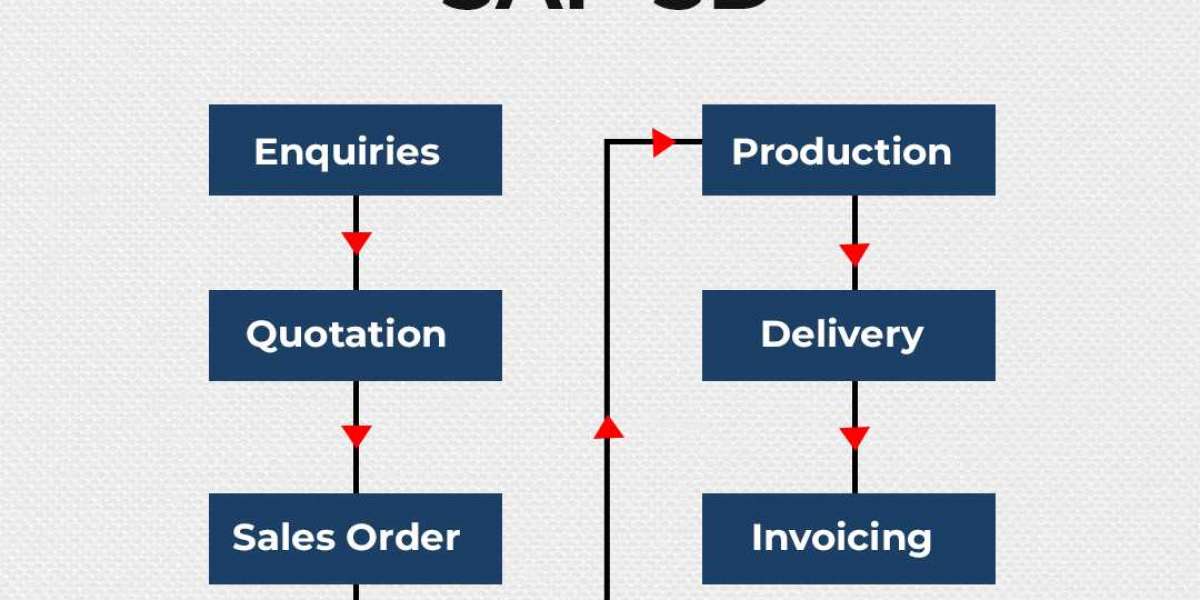The price of a laser welding machine varies significantly depending on several key factors, including the type of laser technology used, the machine’s capabilities, its size and complexity, and the specific application it is designed for. Laser welding machines are available in a wide price range, from affordable models suited for smaller-scale or manual operations to high-end, automated systems for large-scale industrial applications. In this answer, we will explore the factors that influence the cost of a laser welding machine and provide a general idea of what to expect in terms of pricing.
Key Factors Affecting the Price of a Laser Welding Machine
Laser Type and Technology: The type of laser used in the machine is one of the primary determinants of its price. Common laser types include:
Fiber Lasers: These are the most popular in modern laser welding due to their efficiency, compact size, and ability to produce high-quality, high-power beams. Fiber laser welding machines tend to be more expensive than CO2 lasers, but their performance and lower maintenance costs justify the higher price.
CO2 Lasers: CO2 lasers have been traditionally used in laser welding and are effective for welding a wide range of materials. However, they are generally larger, require more maintenance, and are less efficient than fiber lasers, making them somewhat less expensive.
Diode Lasers: Diode lasers are often used for low-power welding applications and are typically the least expensive option. However, they may not be suitable for heavy-duty or high-precision industrial welding.
Machine Power: The power of the laser welding machine significantly affects its cost. Higher-powered lasers, capable of welding thicker materials or performing faster welds, are more expensive than lower-powered machines. For example, a high-power fiber laser capable of handling thick steel or demanding automotive applications can cost several hundred thousand dollars, while lower-powered models for smaller, delicate tasks might cost less.
Automation and CNC Integration: The level of automation and integration with Computer Numerical Control (CNC) systems can also impact the price of the machine. Machines equipped with advanced CNC systems, robotic arms, or automated material handling can command higher prices due to the additional technology and complexity involved. These features are typically found in industrial-scale operations where precision and speed are paramount.
Size and Scope of the Machine: Larger, more robust machines designed for industrial-scale production, capable of handling larger workpieces and integrating into automated production lines, are generally more expensive. Smaller, bench-top models, typically used for research or low-volume applications, are more affordable. The size and physical design of the machine directly affect both its manufacturing cost and shipping costs.
Additional Features and Accessories: Many laser welding machines come with additional features and accessories that can increase their price. For example, integrated cooling systems, advanced beam delivery optics, and specialized software for programming and controlling the welding process can add to the overall cost. These add-ons improve the precision and efficiency of the machine but also raise the initial investment.
Brand and Manufacturer: Well-known brands and manufacturers with a reputation for reliability, support, and advanced technology tend to charge a premium for their laser welding machines. In some cases, companies may also offer better warranties, training, and customer service, which can be factored into the overall cost.
Price Ranges for Laser Welding Machines
Entry-Level Models (Manual or Low Power):
For small-scale or manual laser welding machines, typically equipped with diode lasers or lower-power CO2 lasers, the price can range from $10,000 to $50,000. These machines are often used in applications like jewelry manufacturing, electronics, or small parts welding, where the welds are smaller, and speed is not the primary concern.Mid-Range Models (Semi-Automated or Medium Power):
Semi-automated machines that use fiber lasers or higher-powered CO2 lasers for medium-scale production can cost between $50,000 and $150,000. These machines are typically used in industries such as automotive, metalworking, or aerospace, where higher precision and faster throughput are required but full automation is not essential.High-End Industrial Models (Fully Automated or High Power):
For advanced, fully automated laser welding systems that integrate robotics, automated material handling, and high-power fiber lasers (capable of welding thick materials and performing complex tasks), the price can range from $150,000 to upwards of $500,000. These systems are used in high-volume production environments like automotive manufacturing, aerospace, and large-scale metal fabrication, where precision and speed are critical.
Other Costs to Consider
Installation and Setup:
The price of the machine itself may not include installation, calibration, and setup costs. Depending on the complexity of the system, these additional services can cost several thousand dollars.Maintenance and Operating Costs:
Laser welding machines require ongoing maintenance to ensure optimal performance. While fiber lasers typically have lower maintenance costs than CO2 lasers, all laser systems require regular servicing, including lens cleaning, optics replacement, and calibration. Additionally, the operating costs of a laser welding machine, such as electricity and gas, can vary depending on the machine's power and usage frequency.
Conclusion
The price of a laser welding machine can vary widely depending on factors such as the type of laser technology used, the machine’s power, automation features, and the specific application it is designed for. Entry-level models suitable for small-scale or manual operations can cost anywhere from $10,000 to $50,000, while high-end industrial systems with advanced automation and high-powered lasers can cost $150,000 or more. When considering the purchase of a laser welding machine, it is essential to assess the specific needs of your production environment, including the materials you plan to weld, the volume of work, and the required precision, to determine the most appropriate machine for your business.














